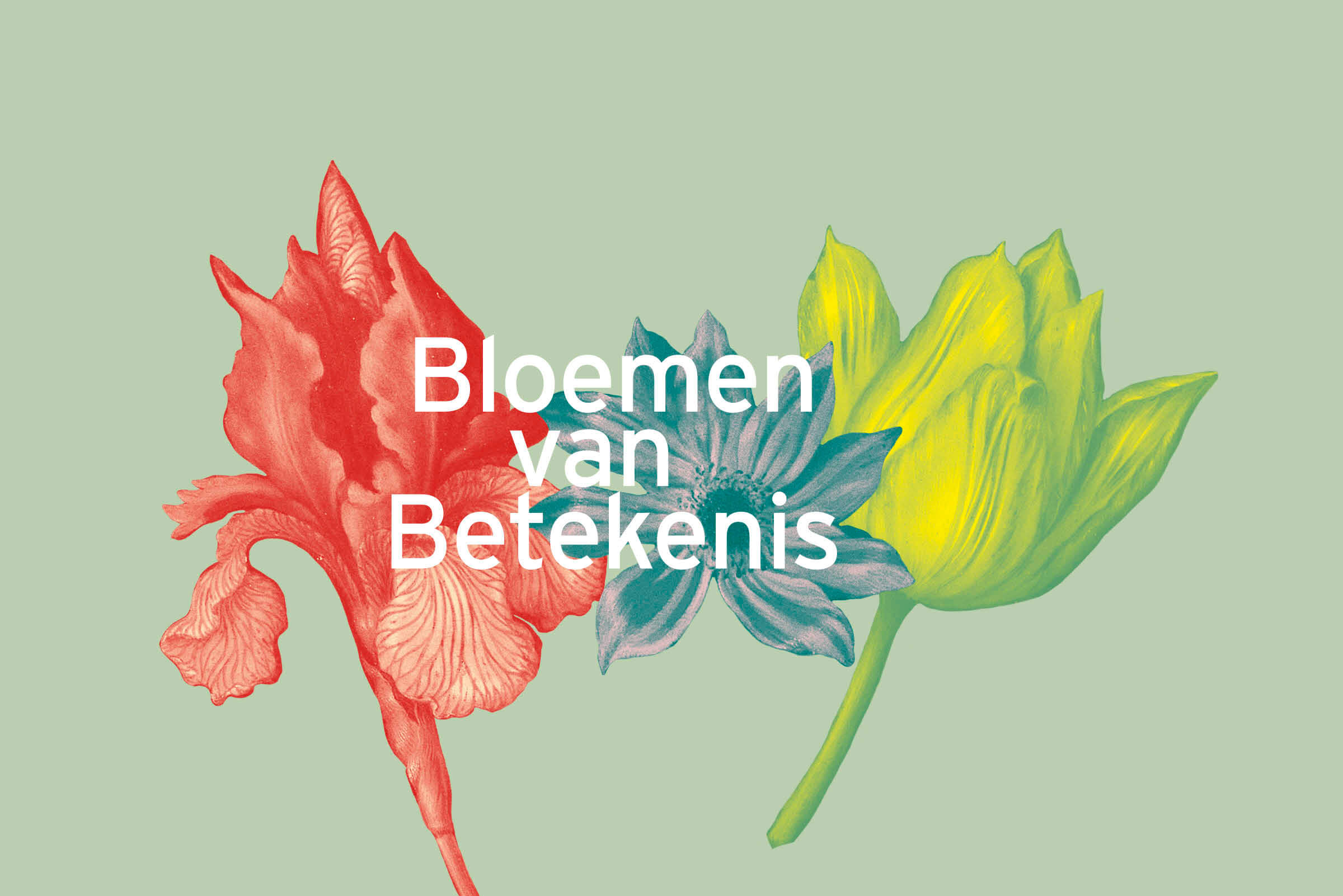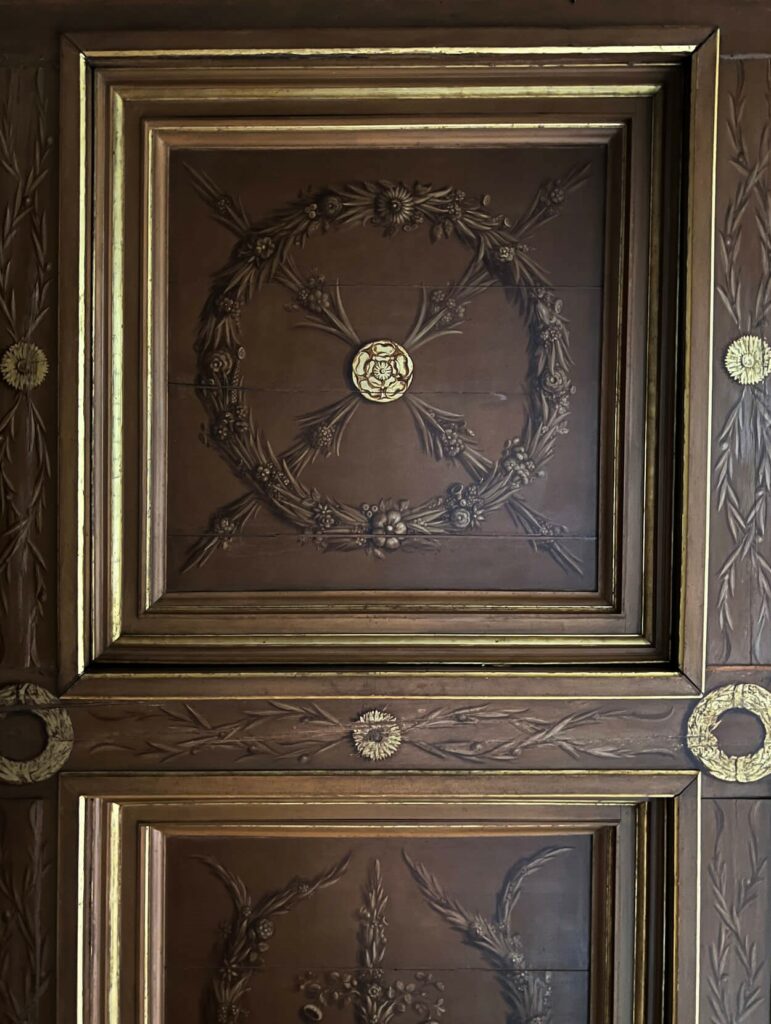
Flowers, indoor and garden
It’s not just the symbolism of flowers and plants that appeals to the imagination. The huge variety of natural forms has also inspired designers of domestic furnishings and decorations. Floral and plant motifs feature throughout the historical house at Our Lord in the Attic.
Fashionable salon
For Jan Hartman (1619-1668), an affluent merchant, his home had to match the fashionable houses being built along Amsterdam’s canals. The salon had to be a smart, tall and symmetrical, with a coffered ceiling festooned with flowers. Acanthus leaves also feature in the Hartmans’ heraldic emblems. The frame of the painting above the hearth is embellished with a carved floral border. Even the table, the dishes and the vases are decorated with flowers. Profuse decoration like this was all the rage in the seventeenth century.
Tulip vase
Perhaps the finest example of a domestic object decorated with stylised flowers is the tulip vase. A vase like this would have been the ultimate showpiece in a seventeenth-century home. It is designed to display the country’s favourite flower although the vase is also suitable for other cut flowers. The various layers and separate reservoirs ensure that the flowers don’t sag.
Ambiguous message
Tulips were a much-loved flower in the seventeenth century. Their varied shape and colours ― there are over 140 different types ― symbolise the wonders of Creation. Tulips, which gaze upward and point to the sun, express devotion and reliance on God. However, an exponential rise followed by a sudden implosion of tulip prices changed all that. Tulip fever turned the flower into a symbol of deceptive, ephemeral beauty.
Beauty, wealth and pride
Exotic tulips from the gardens of the Turkish sultan had become enormously popular among the wealthy burghers of seventeenth-century Amsterdam. They planted rare flowers in their gardens as a status symbol. Their desire to own the most exotic and most exquisite tulips led to a boom in the tulip bulb market. But there weren’t enough tulips to go round, and so traders began to deal in certificates rather than real bulbs. And prices rose to astronomical heights.
Plague
This first recorded financial bubble collapsed after three years (1634-1637). Some traders made a fortune; others lost all they had. The tulip image was indelibly tainted: tulips now symbolised pride, followed by the fall. Contemporaries even linked tulip fever to the plague that struck the Netherlands in 1635 and 1636. In Amsterdam, over 17,000 people died in the space of a year.

